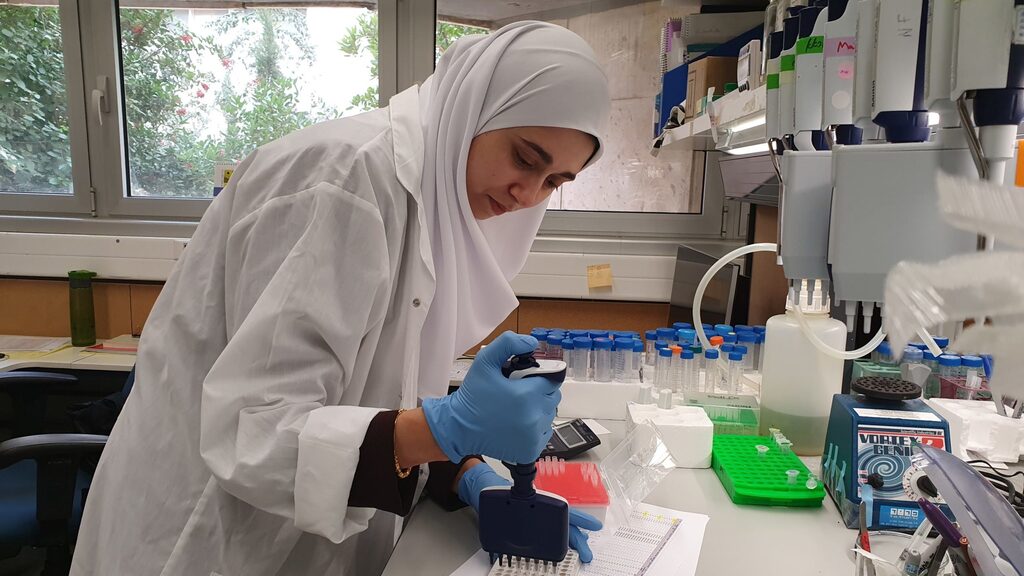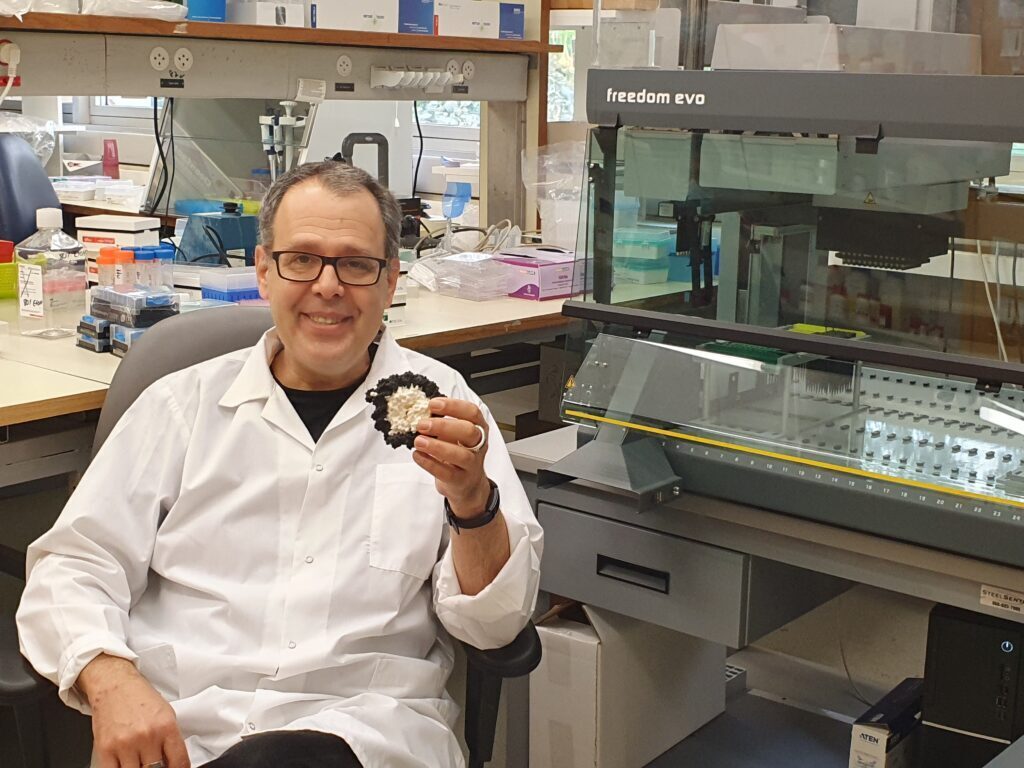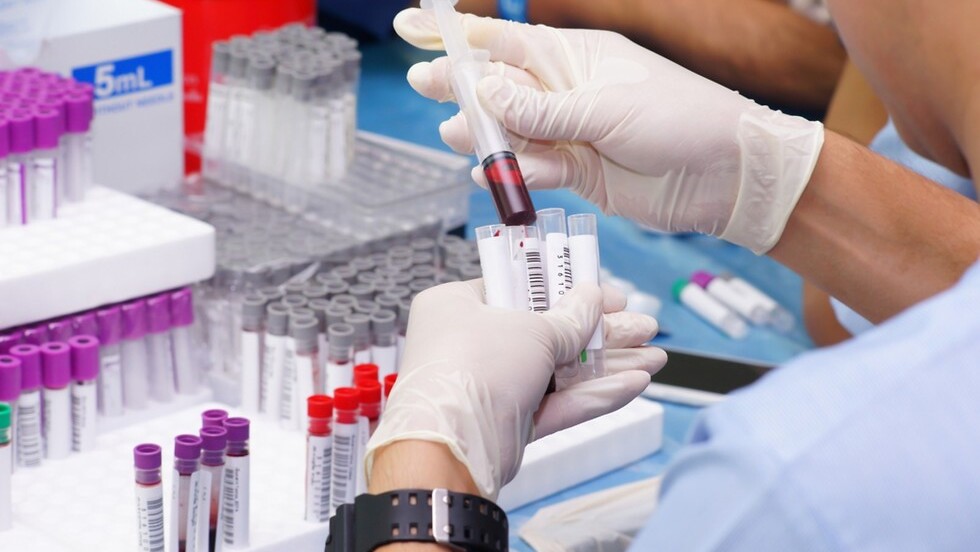A team of Israeli researchers has developed a new inexpensive blood test that could help doctors detect cancer and other diseases early replacing invasive biopsies.
Biopsies, in which tissue samples are extracted for analysis, are a common medical procedure used by doctors to detect many conditions. They are often invasive, painful and can only be used only when a disease has reached a sufficiently advanced stage.
That is why researchers have long sought an alternative diagnostic tool that would be more accurate.
Hebrew University of Jerusalem researchers Dr. Ronen Sadeh, Dr. Israa Sharkia and Prof. Nir Friedman claim to have found just that with a simple blood test (liquid biopsy) that allows lab technicians to identify the state of dead cells throughout the body.
To identify the state of the dead cells, the researchers had to overcome a number of technical difficulties.
“When cells die in our body [every tissue is made of cells] some of the DNA from the cells leaks into our blood,” says Sadeh, who led the study.
But DNA alone does not allow scientists to identify where specific cells originated since the DNA sequencing is identical in all of the body’s cells.
3 View gallery


Dr. Israa Sharkia working on the new blood test technology in the lab at the Hebrew University
(Photo: The Hebrew University of Jerusalem)
Sadeh and his team had to look at a combination of the DNA and a unique chemical code that is written on the proteins bound to the DNA, known as histones.
“Every cell has two meters of DNA, more or less,” Sadeh says.
“The DNA is wrapped around the histones, like beads on a string. Each bead has a short fragment of DNA. These beads – the histones – have a chemical code written on them that tells us if this DNA is from a gene that is active or one that is inactive.”
When tissue is unhealthy – either from cancer, inflammation or for any other reason – it activates certain genes that are related to the disease in question. This information is then encoded onto the histones.
"Being able to read the histone code with a simple blood test and without the need for an invasive procedure is the stuff of science fiction," Sadeh says.
“Maybe we can capture the code with the DNA and – using computational tools and machine learning – go back and actually report on the identity of the cells that died and why they died,” he says. “We went ahead, tried it and it worked.”
Friedman says the team built on existing statistical and machine learning methods but also developed new computational tools specifically for the project.
“One way to think about the diagnosis question is to consider the following: You have a collection of documents that are shredded, and we collect the shreds,” Friedman says.
“Each contains a sentence fragment, but we cannot combine them together.
“Still, we want to realize whether a document discussing an abnormal topic is present in the mix,” he said, in reference to why computational tools were needed.
3 View gallery


Prof. Nir Friedman in his lab at the Hebrew University of Jerusalem
(Photo: Hebrew University)
Unlike traditional blood tests, Sadeh and Friedman’s approach relies on the epigenetic information found within the cell. It could represent a revolutionary new diagnostics tool for medicine.
“We’re looking at all the genes at once and we have a single test that can diagnose all the tissues, and not just what tissue is dying but why it’s dying,” Sadeh says.
“We see which genes are active or inactive, and from what we can understand, what the damage and disease were.”
Researchers have already used this groundbreaking blood test on thousands of samples and are now trying to bring it to market.
To that end, Sadeh helped start a company called Senseera (where he is also the CEO), which will be involved in clinical trials in partnership with major pharmaceutical companies.
“Ten years from now, I hope that we’ll get to a point where people can go to the doctor and the doctor just takes a simple blood test … to see whether some disease is starting to develop,” Sadeh says.
Article written by Maya Margit. Reprinted with permission from The Media Line


